Skin discoloration is a common concern that affects many individuals, impacting their confidence and overall appearance. It manifests as dark patches, uneven tone, or hyperpigmentation that can be caused by various factors. Recognizing the causes of skin discoloration is essential for choosing the appropriate treatment options, such as Pigmentation Treatment in Abu Dhabi, to restore a more uniform skin tone. This comprehensive guide explores the underlying reasons behind skin discoloration, the importance of pigmentation treatment, and how it can help individuals achieve clearer, more radiant skin.
What Is Skin Discoloration?
Definition and Types of Skin Discoloration
Skin discoloration refers to any change in the natural color of the skin. It can appear as dark spots, patches, or overall uneven tone. Common types include hyperpigmentation, melasma, age spots, and sunspots. Each type has distinct characteristics and causes, but they all result in an imbalance in melanin production, the pigment responsible for skin color. Understanding these variations is key to determining the most effective treatment approach.
The Impact of Skin Discoloration on Self-Esteem
Discolored skin can significantly affect an individual’s self-esteem and social confidence. Many people feel self-conscious about visible dark patches or uneven skin tone, leading to emotional distress. Effective pigmentation treatments can help improve skin appearance, boosting confidence and promoting a positive self-image.
Causes of Skin Discoloration Needing Pigmentation Treatment
Excess Melanin Production
The primary cause of skin discoloration is an overproduction of melanin, the pigment responsible for skin color. When melanin production becomes uneven or excessive, it results in dark patches and spots. Factors influencing melanin overproduction include sun exposure, hormonal changes, and skin injuries.
Sun Damage and UV Exposure
Prolonged exposure to ultraviolet (UV) rays from the sun stimulates melanin production as a defense mechanism, often leading to dark spots and uneven pigmentation. Wearing protective clothing and applying sunscreen are preventive measures, but once discoloration occurs, pigmentation treatment can help diminish these effects.
Hormonal Fluctuations
Hormonal imbalances, particularly during pregnancy, menopause, or hormone therapy, can trigger melasma—a type of hyperpigmentation characterized by large, dark patches on the face. Managing hormonal factors alongside pigmentation treatment can effectively address these discolorations.
Skin Injuries and Inflammation
Inflammation caused by acne, cuts, or other skin injuries can lead to post-inflammatory hyperpigmentation. The skin produces excess melanin in response to injury, leaving behind dark marks even after the wound heals. Targeted pigmentation treatments can help fade these marks over time.
Aging and Skin Changes
As skin ages, it becomes more prone to discoloration due to decreased cell turnover and cumulative sun damage. Age-related spots and uneven tone are common concerns that benefit from specialized pigmentation treatments to restore youthful radiance.
Medical Conditions and Medications
Certain medical conditions, such as Addison’s disease or certain skin conditions, can cause discoloration. Additionally, some medications may increase photosensitivity, leading to pigmentation changes. Consulting with a skincare professional ensures appropriate treatment strategies are implemented.
The Role of Pigmentation Treatment
Aesthetic and Confidence Benefits
Pigmentation treatment aims to reduce the appearance of dark spots and uneven tone, resulting in a smoother and more uniform complexion. This can significantly enhance a person’s confidence and overall aesthetic appeal.
Types of Pigmentation Treatment Options
Various treatments are available to address skin discoloration, including topical creams, chemical peels, laser therapy, and other advanced skin procedures. Each option is tailored to the specific type and severity of pigmentation, ensuring effective results.
How Pigmentation Treatment Works
The primary goal of pigmentation treatment is to target excess melanin in the skin. Treatments may work by exfoliating pigmented cells, inhibiting melanin production, or breaking down existing pigmentation. A professional assessment helps determine the most suitable method for individual needs.
Choosing the Right Pigmentation Treatment
Customized Treatment Plans
Effective pigmentation treatment begins with a personalized plan that considers skin type, severity of discoloration, and individual goals. Consulting with a skincare specialist ensures the selected approach aligns with personal needs.
Combining Multiple Approaches
Sometimes, a combination of treatments yields the best results. For example, topical agents may be used alongside laser therapy for enhanced efficacy. A comprehensive plan maximizes the chances of achieving a clear, even skin tone.
Post-Treatment Care and Maintenance
Proper skincare after pigmentation treatment is crucial to maintain results. This includes sun protection, moisturizing, and using prescribed skincare products to prevent recurrence of discoloration.
Benefits of Professional Pigmentation Treatment
Faster and More Effective Results
Professional treatments are designed to deliver quicker and more noticeable improvements compared to over-the-counter products. Skilled practitioners utilize advanced techniques to target pigmentation precisely.
Safety and Minimally Invasive Procedures
Qualified professionals ensure that treatments are performed safely, minimizing side effects and discomfort. Most procedures are minimally invasive, with little downtime, making them convenient for busy lifestyles.
Long-Lasting Improvements
When combined with proper skincare, pigmentation treatments can provide long-lasting results, helping individuals enjoy a more even complexion for years to come.
Preventive Measures and Skin Care Tips
Sun Protection
Consistent use of broad-spectrum sunscreen is vital in preventing further pigmentation. Wearing protective clothing and avoiding peak sun hours also reduces the risk of discoloration.
Skincare Routine
Incorporating gentle cleansing, moisturizing, and antioxidant-rich products can support skin health and prevent new pigmentation from forming.
Regular Skin Check-Ups
Routine visits to skincare professionals help monitor skin health and address any new discoloration early, ensuring optimal results from pigmentation treatments.
Final Thoughts on Pigmentation Treatment
Addressing skin discoloration through appropriate pigmentation treatment can significantly enhance skin appearance and boost confidence. Understanding the causes of skin discoloration allows individuals to seek targeted solutions, leading to effective and lasting results. Consulting a skincare specialist ensures personalized care, tailored to individual skin needs, and maximizes the benefits of treatment. With the right approach, achieving a clear, luminous complexion is within reach.
FAQs About Pigmentation Treatment in Abu Dhabi
Q1: How long does it take to see results from pigmentation treatment?
Results vary depending on the type and severity of pigmentation, but most individuals notice improvements within a few sessions, with full results typically appearing after several weeks.
Q2: Are there any specific skincare products recommended after pigmentation treatment?
Yes, using broad-spectrum sunscreen, moisturizing agents, and skin-brightening creams prescribed by a skincare professional helps maintain and enhance treatment outcomes.
Q3: Can pigmentation treatment be combined with other skin treatments?
Absolutely. Combining pigmentation treatment with procedures like chemical peels or laser therapy can improve results, but it should always be done under professional supervision.
Q4: Is pigmentation treatment suitable for all skin types?
Most treatments are safe for a variety of skin types, but a professional consultation is essential to determine the most appropriate and effective approach for individual skin needs.

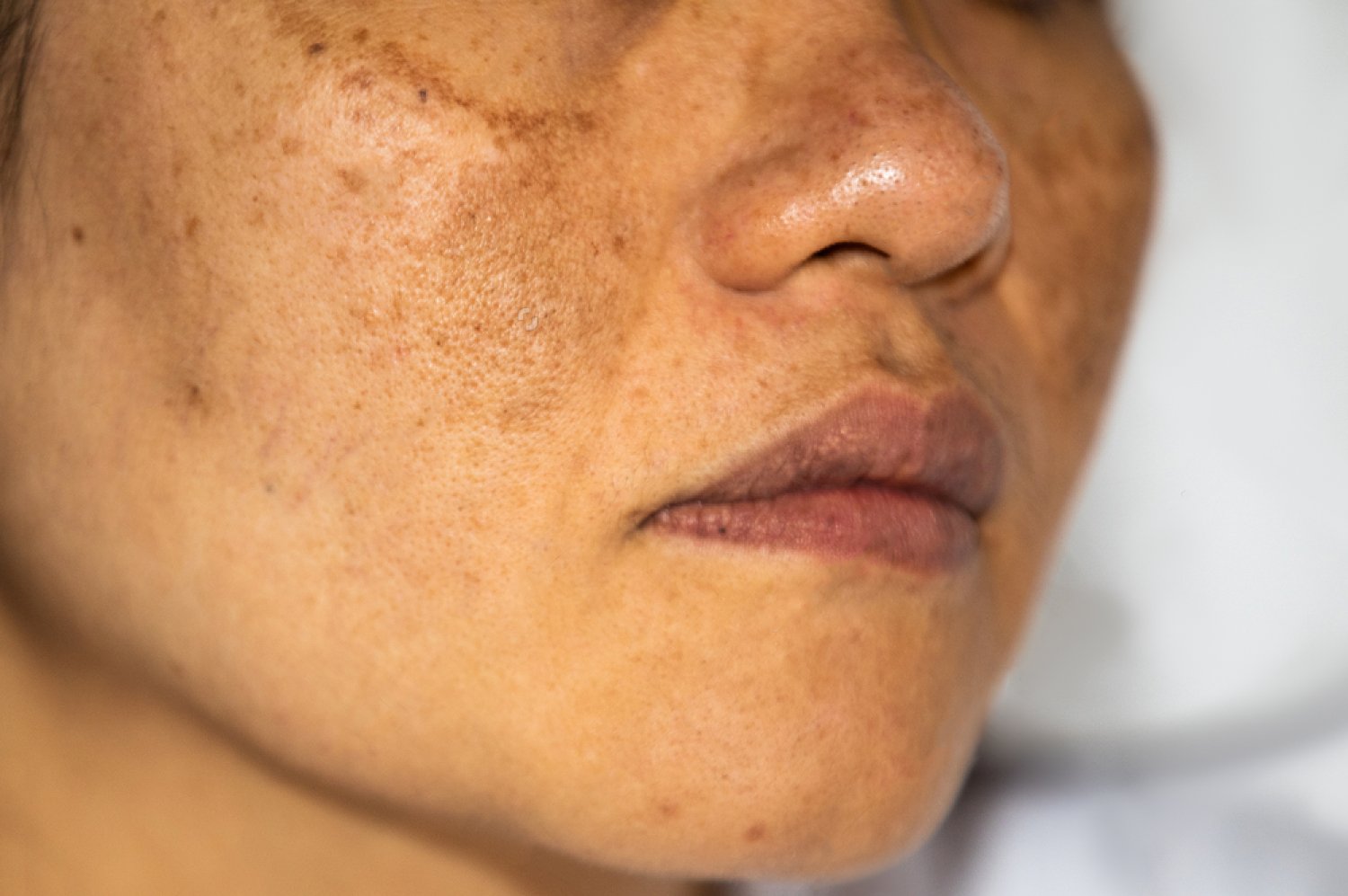
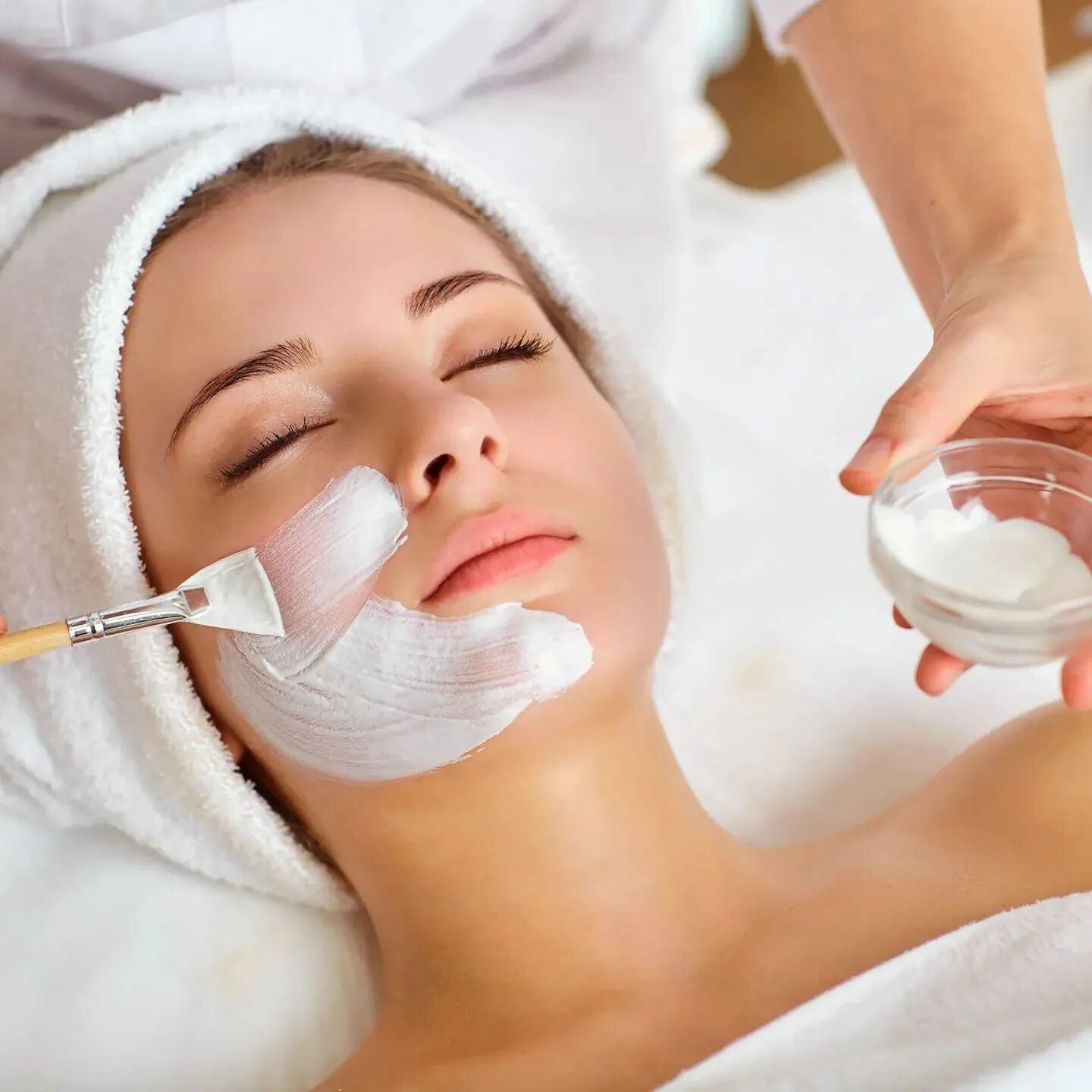


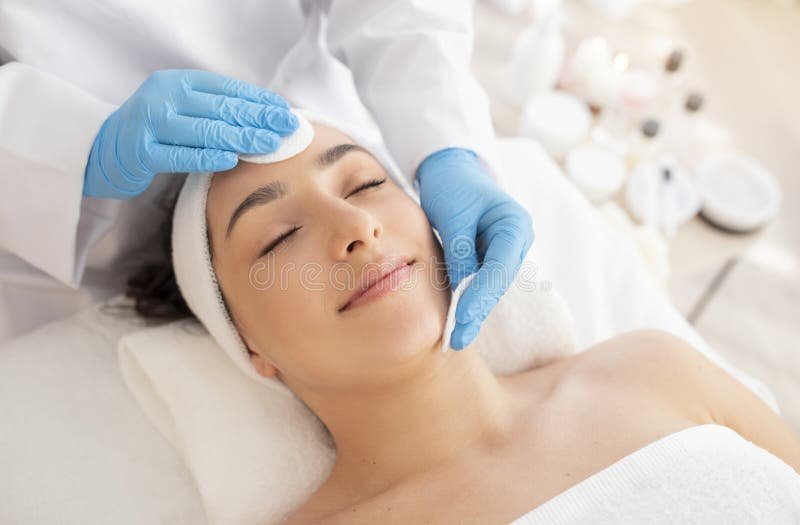



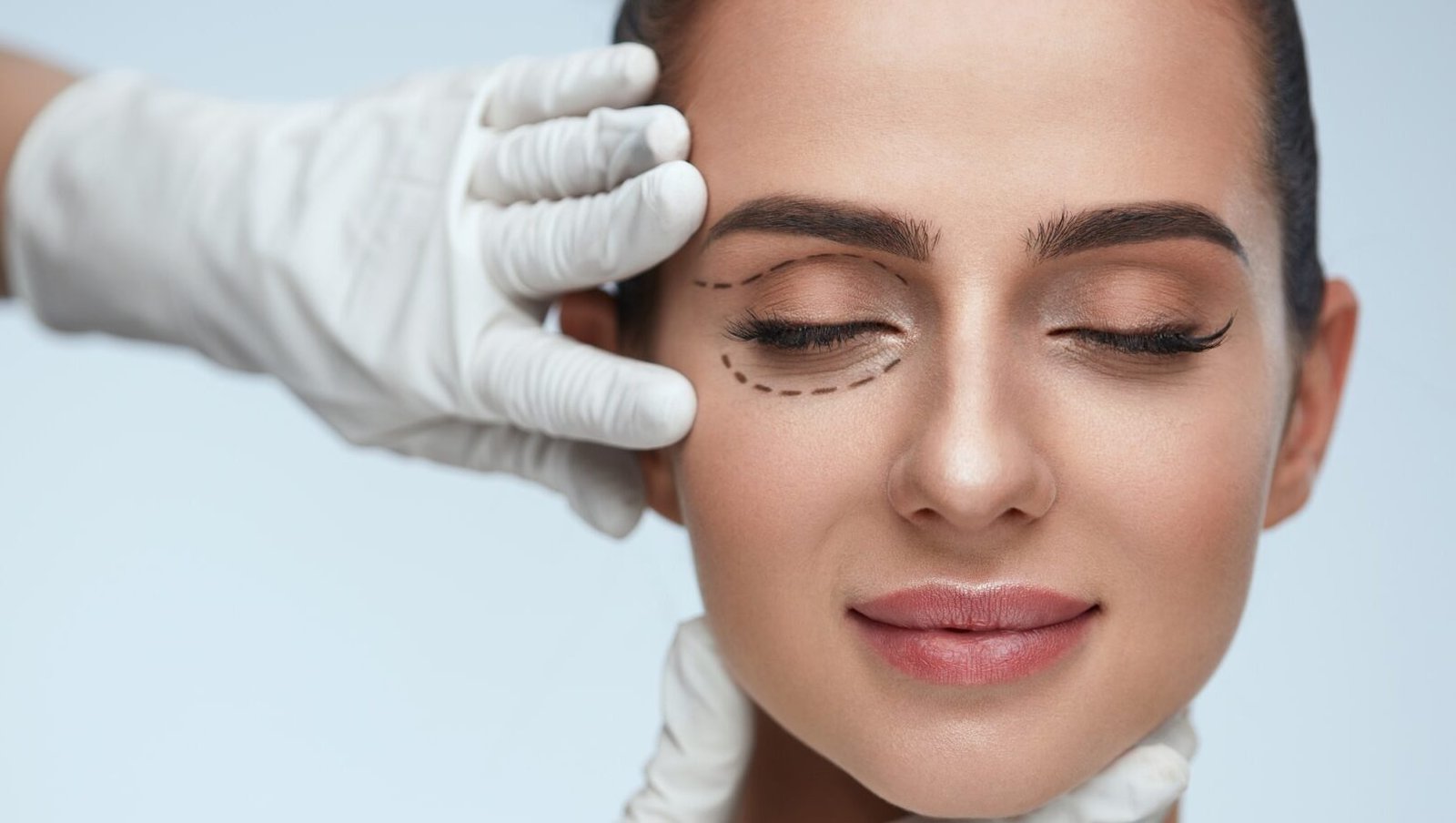

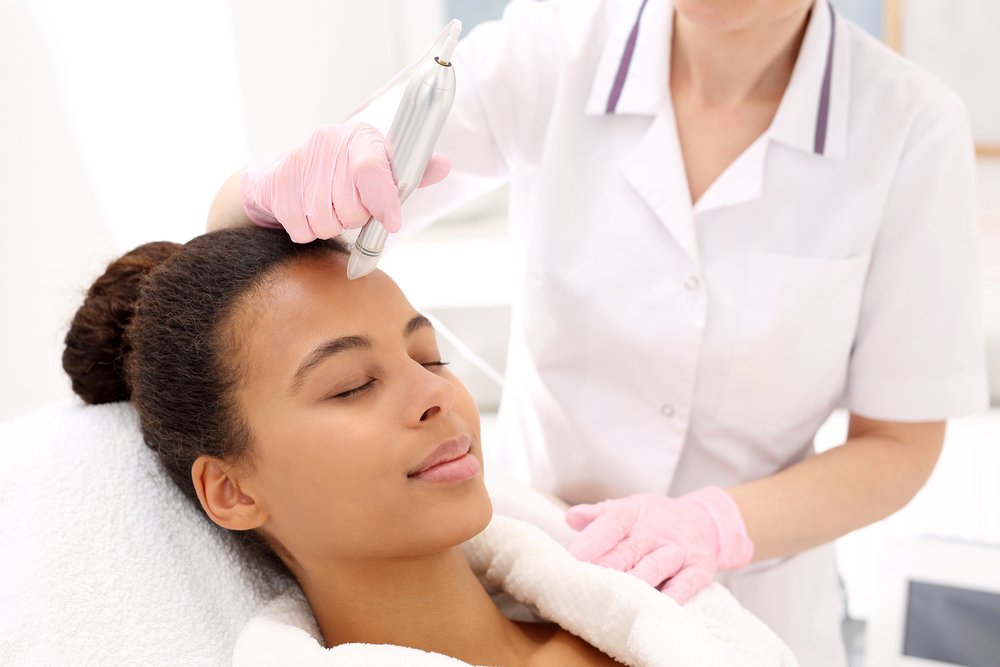


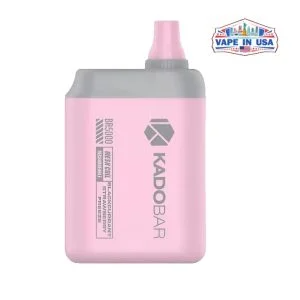

Leave a Reply